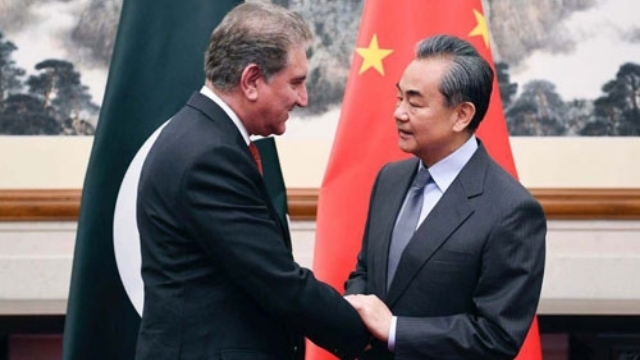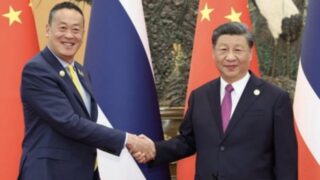Finally, the government acts against one of the radical Islamic groups in the area. But it is a group of “Uyghur terrorists” that only exists in Chinese propaganda.
by Massimo Introvigne


A good dozen of terrorist groups claiming to act in the name of an ultra-fundamentalist brand of Islam are active in Pakistan. They terrorize and murder members of minorities such as Christians, Hindus, Sikhs, and Ahmadis. The international community has been asking for years that the government of Pakistan take decisive action against these ruthless militias.
Finally, last week Pakistan announced that it will crack down at least on one such group. There is only one problem with the statement, the group does not exist. What happened on June 3 is simply part of Chinese propaganda. The foreign ministers of China, Pakistan, and Afghanistan met for a “Trilateral Dialogue,” at the end of which they listed a number of commitments in a press release, including cracking down on the East Turkestan Islamic Movement (ETIM). The Pakistani permanent representative to the United Nations, Munir Akram, has insisted that ETIM exists and it is a real threat, and that Pakistan will cooperate with China in eradicating it.
In January this year, Bitter Winter reported that Chinese agents had tried to create in Afghanistan a false ETIM cell. The CCP agents were arrested on December 10, 2020, before they were able to organize terrorist attacks they intended to blame on the ETIM to justify the repression in Xinjiang.
ETIM did exist in the past. It was a small group of Uyghur expatriates in Afghanistan, Pakistan, and Uzbekistan, founded in 1989. They fought together with the Taliban in different phases of the Afghan conflicts, and were listed in 2002 by the United States as a terrorist organization. In 2003, ETIM leader Hassan Makhdum was shot dead by the Pakistani Army.
That looked like the end of ETIM, but in 2008, something called the Turkistan Islamic Party (TIM) started manifesting itself as yet another small-scale ally of the Taliban. It issued threats against the 2008 Beijing Olympics, some of which might have been real, and others created by the Chinese intelligence, not followed by real-life attacks. In February 2010, its leader Abdul Haq al-Turkistani was killed by a missile launched by a CIA unmanned aerial vehicle in Pakistan. China claimed that ETIM and TIM were one and the same, but others doubted it.
Most scholars of terrorism believe there is no evidence that ETIM, or even TIM, was responsible for terrorist attacks in Xinjiang, although more than 200 were attributed to them by Chinese authorities. Scholars do not doubt that there were some real terrorist attacks in Xinjiang (others were invented by the CCP propaganda), but do not believe ETIM organized them. In 2020, the U.S. eliminated ETIM from its list of terrorist organizations, claiming there was no evidence it still existed.
As the Afghan fiasco of 2020 shows, the only party interested in making ETIM exist is China. It seems that Pakistan has now decided to support the CCP in this propaganda operation.









